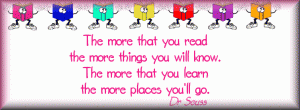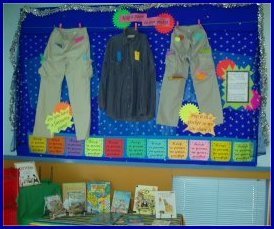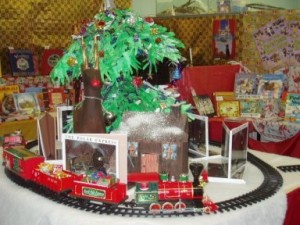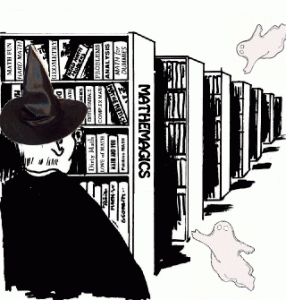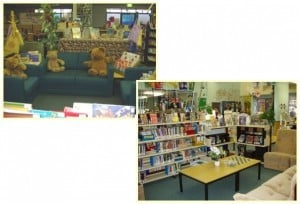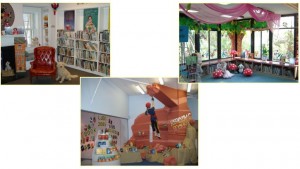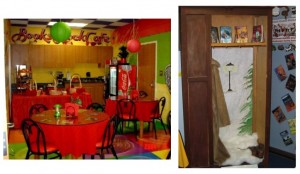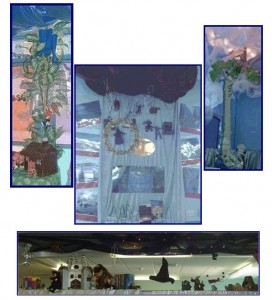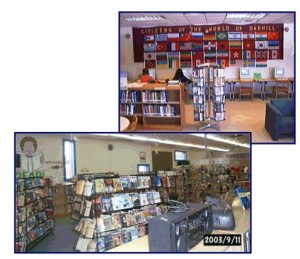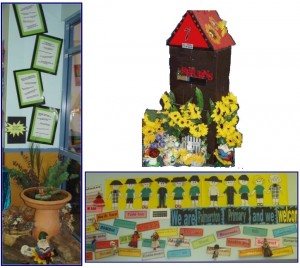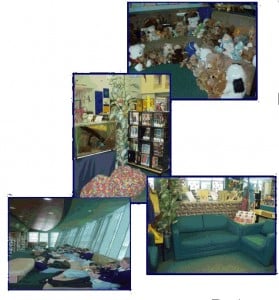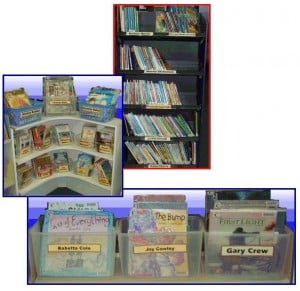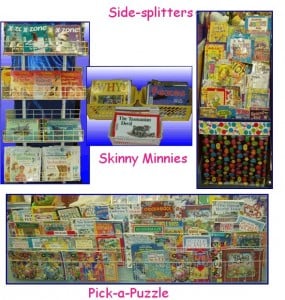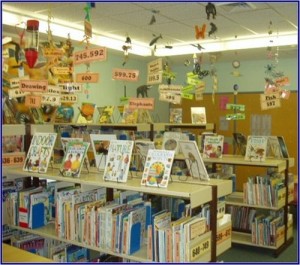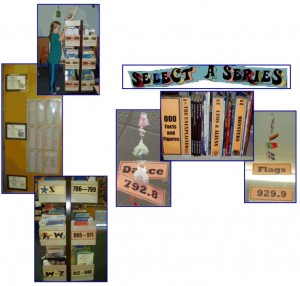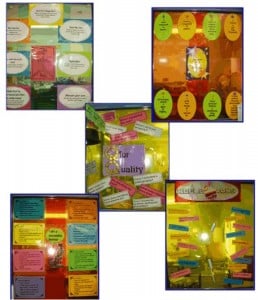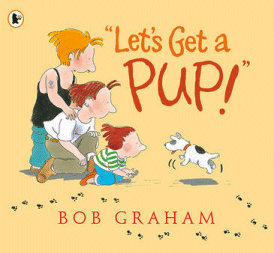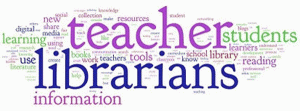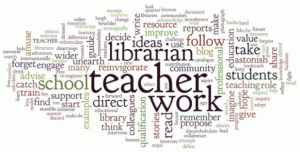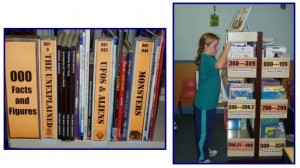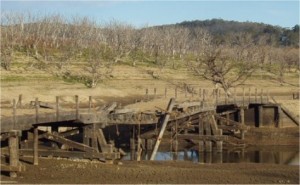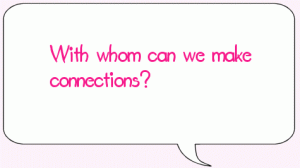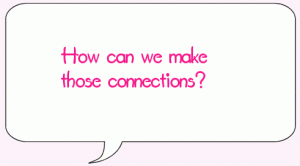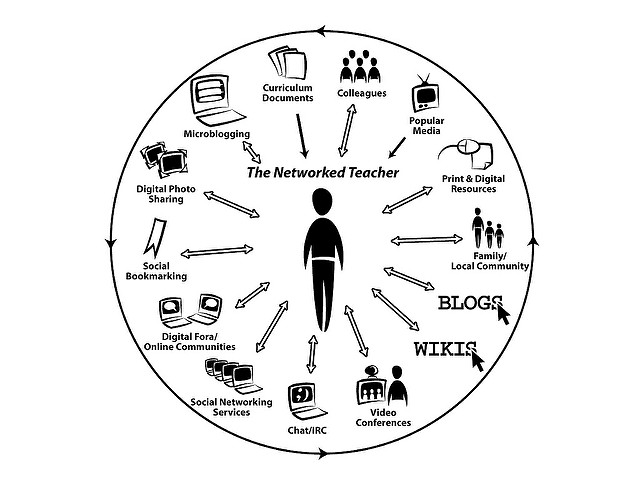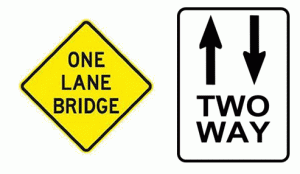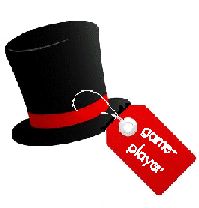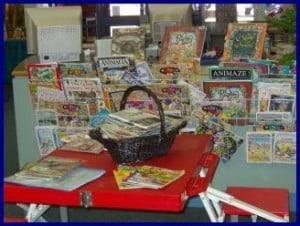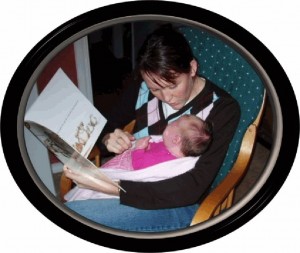Of all the hats the teacher librarian has to wear, for many the accountant’s hat may be the most ill-fitting because the management of money matters, particularly the preparation, submission and disbursement of a budget, requires expertise beyond that of our teaching qualifications. And yet it is an essential part of what we do.
From messages to TL networks, it would appear there are three types of budgets…
- those that are based on the administration’s careful consideration of a properly prepared budget submitted by the TL
- those that are based on an amount allocated by the administration (often the school’s business manager) with no consultation with the TL with the expectation that the TL will provide all services within that amount
- those that are non-existent requiring the TL to go to external sources such a parent bodies, book fairs, grants and sponsorship and so on to raise the required funds
Whatever the situation, even it is neither required or considered, it is important that the TL prepare and submit a comprehensive budget each year because
- it demonstrates our professionalism particularly as the library’s budget is more likely to be bigger and more diverse than those of any other faculty
- it provides the purse-string holders with evidence of a careful consideration of needs, prioritises these and what is required to fulfil those needs
- it advocates and educates the purse-string holders about the needs of the library to meet the community’s demands and expectations
- it focuses our priorities even if there is little or no money to cover them
- it can be used to show staff that a fair and equitable use has been made of allocated money based on identified and agreed prirorities
- if necessary, it can be produced to demonstrate to the parent body how funds they have provided have been used within the school
funding
It is important to understand where the money is coming from because there can be a range of sources and rules regarding how they can be accessed and used…
- an allocation from the school’s central budget
- a library fund into which school fees are paid so they become tax deductible
- philanthropic donations
- parent body fundraising
- book fairs and other in-house sources
- sponsorship
If there is a district or state mandated formula that must be adhered to, know what it is so you have a minimum figure on which to base projections.
Know if your school-based allocation is reduced by the amount you expect to fundraise or get from external sources.
Make yourself familiar with any regulations regarding money from external sources, such as cash commissions from a book fair, because some education jurisdictions mandate that any money that comes into the school after a certain date must go into consolidated revenue and not spent till the following year. Even fines for overdue books or the payment for a lost or damaged book can be affected.
Know which services such as subscriptions to library management software, cataloguing services, ebook platforms. databases and so on are paid for by a central authority.
Cover these issues in your Collection Policy.
preparation
There are many factors to consider when preparing a budget
- Start early.
- Prepare it in alignment with the school’s preferred procedures and timeframe. If there are standards or formulae mandated by your educational authority or local or state government then make yourself aware of these and quote them in your submission because the purse-string holders may not be aware of them.
- If you are uncertain about the number of resources or dollars that should be allocated per student, seek advice from colleagues in similar school situations so you can provide the evidence on which your estimations are based.
- There must be a clear understanding of what it is to cover – that which is to be covered by the library and that which is to be covered by the budgets of other departments, faculties, and committees. The origin of funds for such areas as teacher reference, readers, class sets, textbooks, ICT hardware, maintenance and subscriptions must be made clear. Those things acquired by the library from the library’s budget, excluding consumables, can be subject to formal audit and thus must be accounted for in a regular stocktake.
- Know what is already paid for by central funding so it is neither included in your budget or deducted from it. For example in New South Wales government schools subscriptions for the maintenance of the library management system and access to the Schools Catalogue Information Service (SCIS) are covered by the NSW DEC.
- Know who your educational authority’s approved/must-use suppliers are so it is their prices that are quoted. Know the rules for purchasing from these suppliers and when you may go beyond them to source what you need. Indicate preferred suppliers in your submission so that the purse-string holders are aware of the necessity to purchase from them. If quotes are required for particular services or items, attach these to the submission as an appendix.
- Ensure your submission is based on facts and figures not wishful thinking.
- Use your Collection Policy and strategic plan to identify agreed priorities for acquisition and ensure these are costed and included. The evidence supporting these priorities should be contained in the Policy and the strategic plan, but if necessary provide a brief explanation as an appendix. Draw explicit links between the purchase of items and the support of teaching and learning. The 2014 Softlink Australian School Library Survey report demonstrates “a positive correlation between annual school library budgets and NAPLAN Reading Literacy results.”
- Share those identified and agreed priorities with staff and seek suggestions for purchases from year-level groups and faculties in the form of a wishlist to fulfil them. If possible, meet at least one request from each submission but if it is not possible meet with the group to explain why. Look to negotiate a compromise – perhaps costs could be shared or a purchase made the following year as a priority. Engaging staff in budget preparation not only gives them some ownership of and input into the process but helps to educate and advocate, staving off complaints and behind-the-hand comments.
- Seek out those teachers with students with particular special needs and discuss the resources, formats and facilities that their students need that the library can provide. so that there is not a one-size fits all collection or environment. For example, you may have to budget to get lower shelving for wheelchair-bound students or special signage for the visually impaired. Make the library fit the client, not the other way round.
- If there is a large, expensive purchase to be made, consider asking the parent body to make this the focus of their fundraising for the year. These bodies like to see tangible results of their efforts such as an interactive whiteboard or a set of e-readers.
- If there is pressure to abandon the print collection in favour of digital, attach the research into the development of traditional literacy skills using traditional formats being a prerequisite for effective and efficient online reading, interrogation and interpretation making the maintenance of a print collection which appeals to and engages readers an essential. Also identify the need to provide a range of resources in a variety of formats to meet individual teaching and learning styles.
- Be specific. Identify where the money will go and calculate what you need for each based on an actual costing or an estimate based on the current year’s expenditure. A clear breakdown of expenditure is more likely to attract some money than just an application for a lump sum.
- Distinguish between those expenditures which are recurring and are required for the smooth operation of the library; those that are capital expenditure likely to be made very rarely; and those that are considered consumables
- Create and adhere to policies relating to online purchasing; the outsourcing of collection development; free versus paid acquisitions; replacement of lost or damaged resources; selection criteria for suppliers and other budget-related matters.
- Be prepared with evidence to support a claim for a paid commercially-available service rather than a free one such as extra features, greater security and privacy of information, lack of advertising, lack of inappropriate links, validity of content and so forth.
- Consider these areas
- acquisitions
- purchases of new print, digital and audio-visual resources
- replacement/renewal of existing resources such as dictionaries or atlases; outdated non fiction; damaged or lost items
- subscriptions to databases, journals, online resources to support teaching and learning
- interlibrary loan charges
- subscriptions
- recurrent expenditure to manage the library such as a cataloguing service, library management software, video streaming facility
- hardware
- items such as an interactive whiteboard, tablets, laptops, cameras and so forth to be used by students
- maintenance of these including printer cartridges and lease payments
- scanners, OPAC and circulation computers
- security systems
- insurance
- furniture and shelving
- personal items, such as a tablet, that are required to do your job as TL effectively
- consumables
- stationery relating to the processing of resources
- stationery relating to the smooth operation of the library such as signage
- stationery for staff and student use
- printing and photocopying costs
- batteries, printer cartridges, recordable CDs and DVDs
- promotion
- author visits and other literary functions such as Book Week
- catering
- awards and prizes
- purchase of items for displays
- Makerspace resources
- board games, jigsaws etc
- professional learning
- costs of registration, attendance, accommodation and travel for required/desired professional learning
- costs of cover by a casual during TL absence
- costs of subscriptions to professional organisations
- costs of subscriptions to professional journals
- salaries
- salaries of casual relief and admin staff to be covered during mandatory stocktake including time for collection appraisal and evaluation and the identification of future development needs
- miscellaneous
- compliance with workplace health and safety issues
- professional assistance in packing, moving and unpacking resources if library is to be painted or recarpeted
- acquisitions
- Use the figures from previous years as a platform for improvement and gather and include statistics to show the increase in prices to support the required amounts.
- Know what you are purchasing by reading the Terms and Conditions of subscription services, particularly in the case of ebook platforms, database access and so forth. Know the questions to ask the supplier and ask them.
- If you are seeking funding for hardware such as e-readers ensure that the terms and conditions of purchase or warranties covers school-based use. Some paperwork only applies if the device is for personal use. If there are extra costs to cover multiple uses then these need to be factored into your submission.
- While the budget needs to relate directly to supporting teaching and learning, include a contingency fund to take advantage of unexpected opportunities or student-driven trends.
- Collect statistics relating to the use of the collection (where it is feasible, break this down into sections such as print, online, ebook, audio, visual, fiction and non fiction) and the library’s spaces as evidence of demand as well as the money being used effectively to support teaching and learning.
- Seek advice from the principal, the business manager or colleagues so you can prepare the most informed submission possible backed by knowledge and evidence. This shows professional practice rather than inadequacy.
- Be realistic and consider the school’s annual budget and commitments. Be willing to negotiate rather than being greedy.
disbursement
Know who has authority to access and disburse funds from the library’s budget or who may give authority for this to be done. Establish policy and procedures that ensure that the TL has the ultimate authority so that acquisitions meet the priorities and selection criteria of the Collection Policy.
Ensure that any procedures relating to disbursement are in alignment with school and education authority procedures. However, it may be necessary to negotiate some adaptations so that purchases and payments can be made to allow for unforeseen circumstances such as an unexpected fad among students such as the Harry Potter phenomenon, a too-good-to-miss sale or an unscheduled author visit to the district.
Establish the need to be able to buy online and if necessary seek special dispensation for those purchases that can only be paid for with an online payment.
Establish the procedures and authority required to make on-the-spot purchases to take advantage of bargains and special offers if personal funds are used and reimbursement is sought.
documentation
Each school may well have its own pro forma on which budget submissions must be made and therefore this must be followed. However, it is worthwhile establishing a spreadsheet for in-house use which may contain greater detail than that which is submitted formally. While I must stress that I am NOT an accountant and have no formal book-keeping education I found the following headings worked for me. Apart from showing that I had carefully costed items and estimated usage, it gave me a way to keep track of continued expenditure as well as providing the basis for the budget for the following year. (It also provided a record of rising prices as evidence for required increases.)
| CATEGORY | DATE | PURCHASE ORDER |
SUPPLIER/ SOURCE |
QUANTITY/ DURATION |
COST PER ITEM |
ORDER TOTAL |
CUMULATIVE TOTAL |
For statistical and evidential purposes, it may be worth keeping a more detailed record of acquisitions using these headings…
| RESOURCE | FORMAT | SUPPLIER | COST | FICTION | PRIMARY GENRE | NON FICTION | PRIMARY KLA/ FACULTY |
New South Wales teacher librarian Carolyn Mock has written a procedures manual that contains models of a number of forms and what could be included on them that would be useful in the preparation of a budget. She is willing for people to adapt her work but asks she be credited as the original author. The Library Supplies checklist is very useful.
Keep purchase orders, invoices and other documentation in alignment with school procedures and requirements. If payments are made through the school’s business manager request monthly updates of the overall budget and set aside administrative time to reconcile these.
Keep documentation for the mandated time period and refer to it in future budget preparation to inform you of expenditure, trends, what needs to be acquired and which faculties are receiving boosts and which may need a collection appraisal and attention.
Regardless of how well the hat fits, as the information service manager in the school we have a responsibility to put it on and wear it as well as we can.



